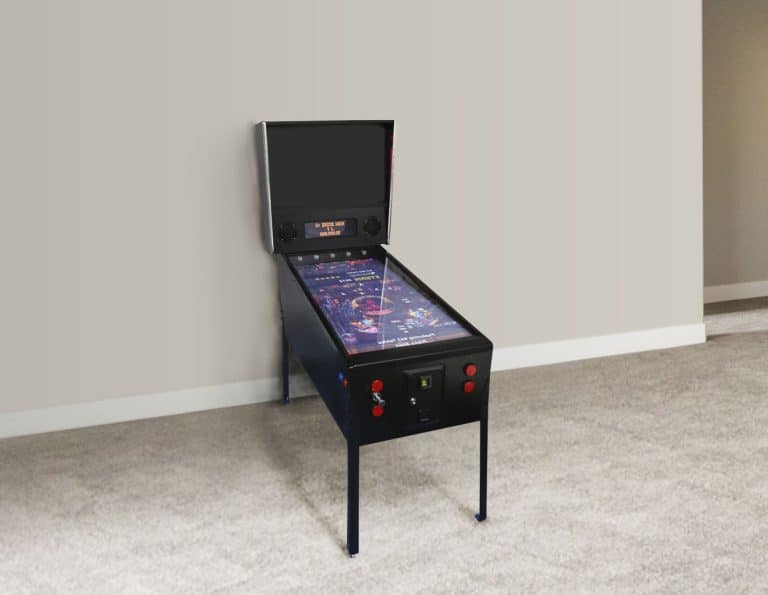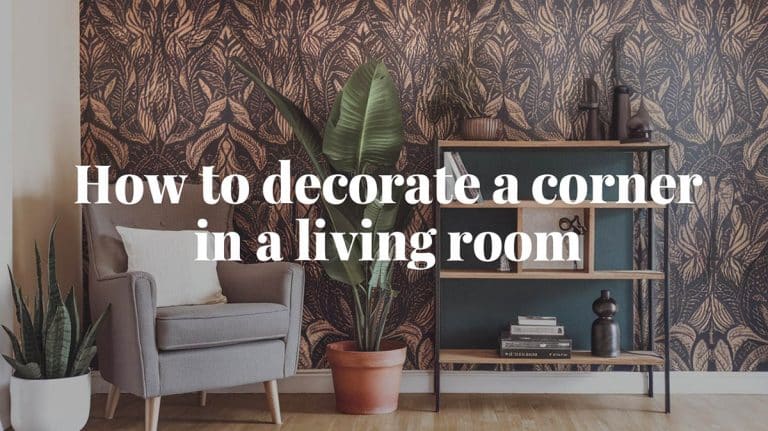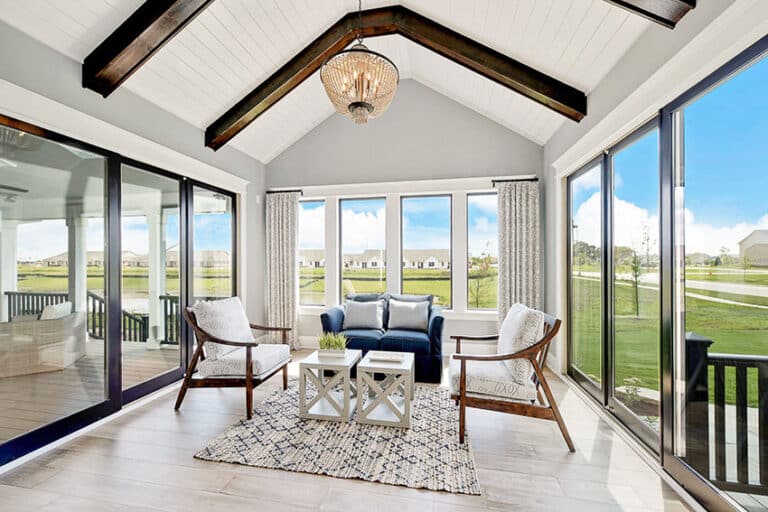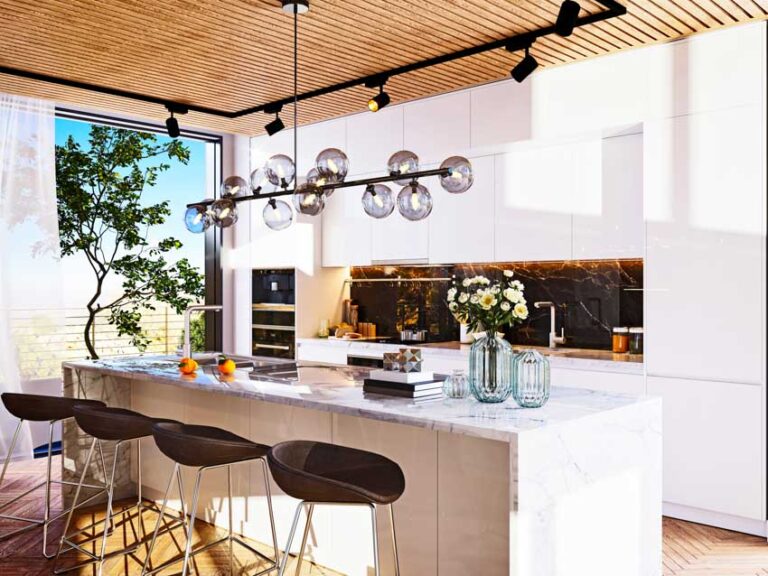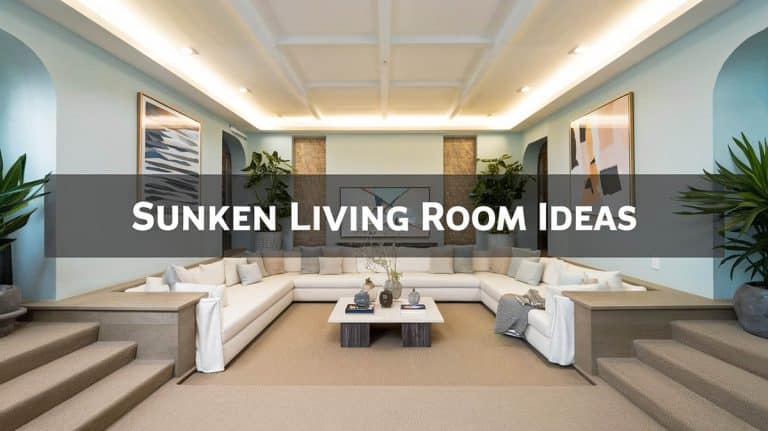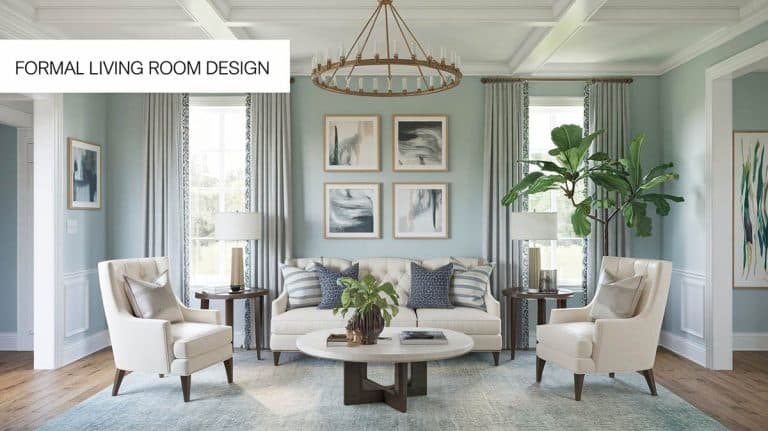5 Important Mistakes To Avoid In Living Room Layouts
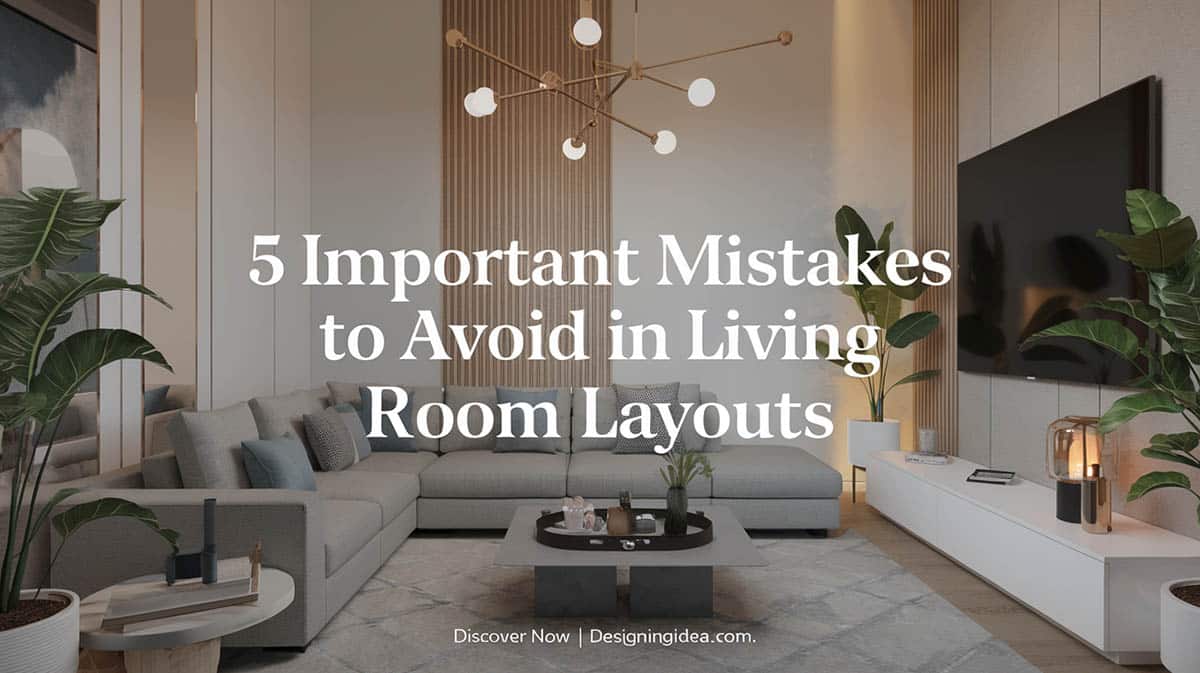
The living room has changed over the years from an area where formal gatherings with family and friends were held into a multi-purpose space that serves as a workplace or a space for leisure activities. However, these changes brought some challenges to homeowners such as coming up with a floor plan that is both functional and aesthetically pleasing. That is precisely what this article aims to achieve – to help you understand the critical mistakes most homeowners make while trying to set the ideal balance in their living rooms. I will provide designer tips for designing a layout that allows you to enjoy the comfort of your home.
Avoid Overlooking Traffic Flow
One of the mistakes that people make while setting up their living rooms is not leaving enough moving space. We want to avoid making our living rooms feel cramped and congested as much as possible and instead have them friendly and inviting.
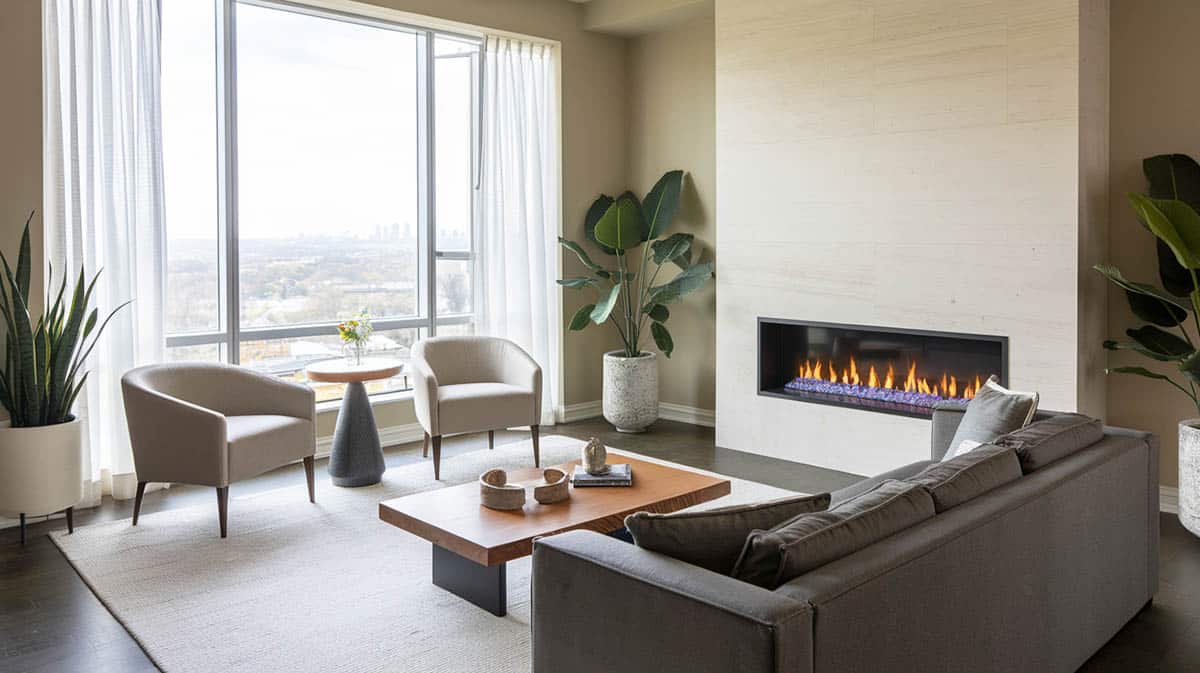
What you need to do: In your main walkways that connect to windows, doors, and significant design elements, allow 36 to 42-inch-wide pathways. Also, between the coffee table and the sofa, leave at least 18 inches, and between chairs, the distance should be at least 30 to 36 inches. If your living room has a TV, the sofa should be placed 8 to 10 feet away.
While placing furniture against the walls may have a few advantages, it will make the room feel disconnected and make certain areas look bare. To make conversing and sitting easier for you and your guests, do not place furniture directly against the walls, but a few inches away instead or at the center of the room. This will improve traffic flow to a great extent.
Avoid Wrong Furniture Sizes
Before buying furniture for your living room, consider how the new pieces will fit your existing design layout. Always pay attention to the scale and proportions of the furniture within the space and the height of the windows so the furniture doesn’t block the natural light. Furniture that is too large can occupy too much floor space making the whole space seem overcrowded and cluttered.
What you need to do: Be sure to take accurate measurements of your living room and always ensure the scale and proportions work well within the space. Use only a few large furniture pieces that work well together, and make sure it fits the size of the room.
Avoid Insufficient Lighting
Having only a single centralized ceiling light fixture is a quick and easy way to get light into a room, but they don’t provide the correct lighting for the living room. This downward light can make your living room feel uninviting and cause eye strain or discomfort.
Make full use of your natural and artificial light sources by blending them to create a balanced lighting layer. Consider incorporating ambient, accent, and task lighting to add depth and allow you to highlight specific areas or design features. This layered approach will make your living room feel warmer and more welcoming.
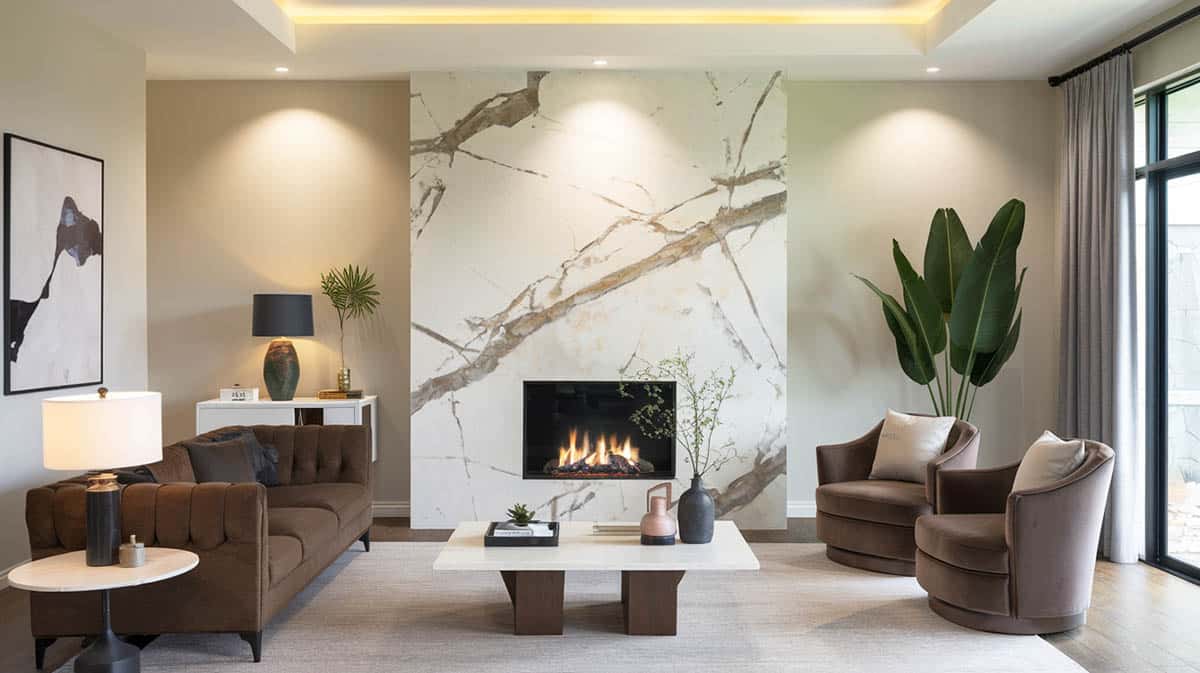
What you need to do: Assess the areas you want to illuminate and measure the dimensions. Next, verify the number of light sources to effectively brighten the entire living room. Incorporate layered lighting by using a mix of ceiling, pendant, and recessed downlights to create an ambient glow that captures attention and compels the viewers to look upwards.
I highly recommend that you try using vertical light layering techniques to highlight architectural features and give a sense of dimension. This can make a room with high ceilings feel even more grand and airy.
If you want to add depth and highlight specific areas try incorporating wall sconces, table lamps by the conversation area, or other accent lighting. Place a downlight floor lamp by your reading nook beside a chair or chaise lounge. This layered lighting can make the living room feel more intimate and inviting.
Avoiding Too Many Focal Points
It can be noted that too many focal points can be overwhelming and make the space feel chaotic and disordered. Instead, having one main focal point will foster visual interest that will engage the eyes and tie the overall design concept together.
What you need to do: Select one distinctive design feature as the main focal point in your living room like installing a stylish window treatment, then arranging furniture and other decorative elements around this feature to complement it. For instance, adding a rug can draw attention to the window while bringing depth and warmth to the living area. Alternatively, one wall in the living room can be transformed into an accent wall where lighted artwork can hang and other accent pieces can be installed to highlight it. In this manner, all features in the living room feel connected in design, thus making the whole space sophisticated and visually appealing.
Avoid Miscalculating Curtain Measurements
Curtains can completely alter the mood of your living room by adding a splash of elegance and coziness to it. However, most homeowners lack the basic understanding of curtain width and length measurement resulting in window treatments that are out of proportion. The curtains have to be well fitted so that they can help in controlling privacy and light and if necessary, the room’s ambiance.
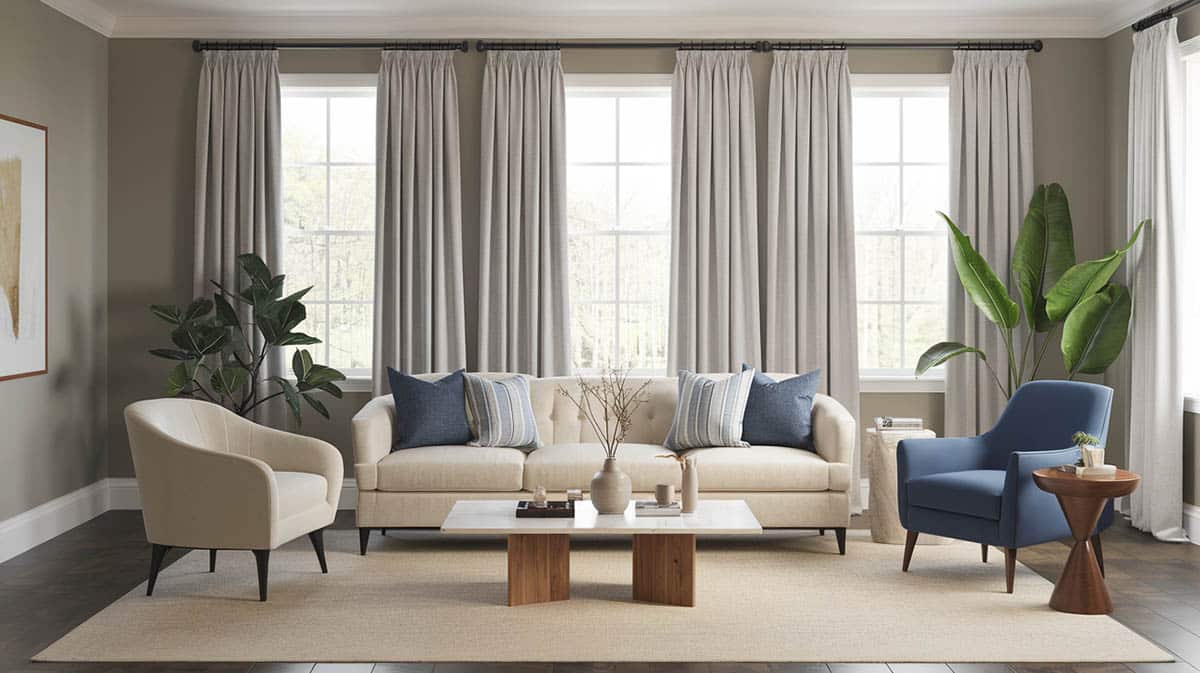
What you need to do: You need to make sure that when you install the curtain rod, it must sit no less than 6″ or 15cm above the top window frame and the rod should also be adjusted no less than 15 cm wide on both sides of the window to help improve the window’s illusion of size. In case you want to use the curtain to conceal a small window in the room, then you can also buy curtain accessories.
I hope that this article helped you identify some common mistakes to avoid in your living room layout. With just a few changes, your space can become a stunning stylish reflection of your personality. Always remember that the living room is meant for warmth and togetherness, as well as a place where you can relax.

